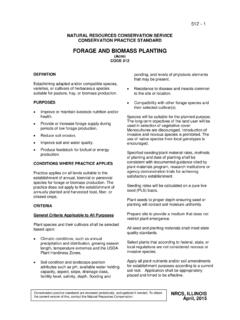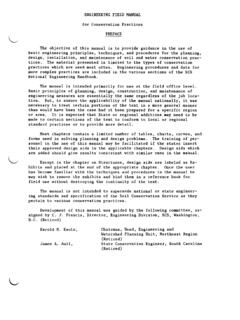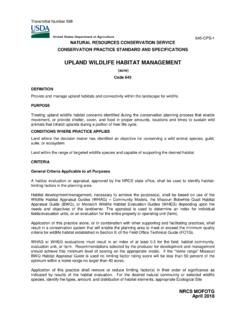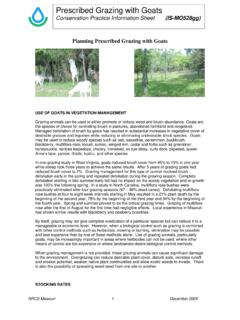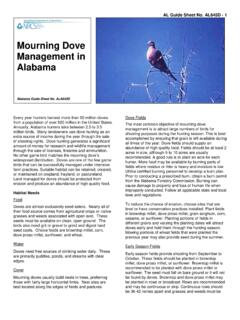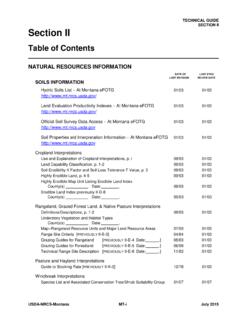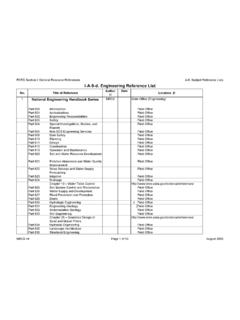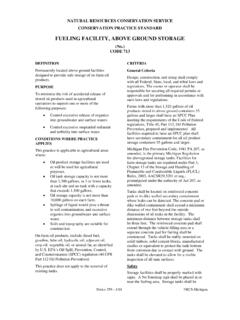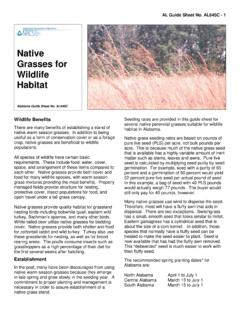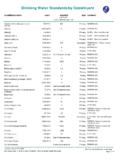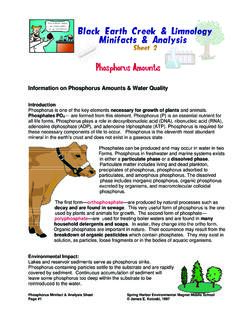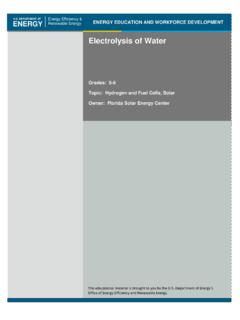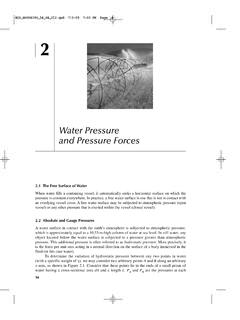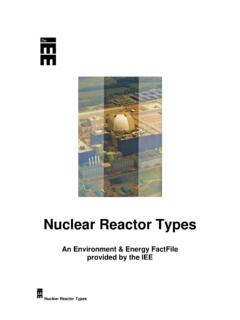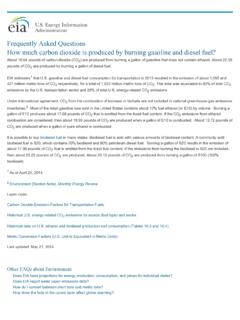Transcription of DESIGN OF SOLAR POWERED WATER PUMP SYSTEMS
1 1 of 12 WA Engineering Technical Note #15 TECHNICAL NOTES DEPARTMENT OF AGRICULTURE NATURAL RESOURCES CONSERVATION SERVICE ENGINEERING #15 SPOKANE, WASHINGTON October 2009 DESIGN OF SOLAR POWERED WATER PUMP SYSTEMS SUMMARY Where conventional power supplies are unavailable or an alternative energy source is desired, SOLAR energy can power WATER pumps. This technical note provides guidance for the DESIGN of SOLAR POWERED WATER pump SYSTEMS . BACKGROUND SOLAR POWERED WATER pumps are comprised of three basic components: SOLAR panels, controller, and pump. SOLAR panels The type and number of SOLAR panels required are a function of: the geographic location of the site, the rating of the SOLAR panels, the volume of WATER needed, and the height differential between the WATER in the well and the receiving body on the surface.
2 Controller The controller monitors the energy generated from the SOLAR panels and the operation of the pump. It combines this information to more efficiently supply power for the operation of the pump. Pump A direct current submersible pump designed to operate under a range of voltages likely to occur during changing light conditions. Figure 1 provides an example of a typical SOLAR POWERED WATER pump system. This system consists of SOLAR panels, a controller, a pump and a tank for WATER storage. This system will pump WATER only when there is sufficient SOLAR radiation to power the pump.
3 Some SYSTEMS incorporate batteries to store excess SOLAR power that can then be used to power the pump when there is no sunshine. 2 of 12 WA Engineering Technical Note #15 Figure 1. Typical layout for a SOLAR POWERED WATER pump system. DESIGN PARAMETERS 1. Quantity of WATER required ( 100 animals @ 10 gallons/day = 1000 gallons/day). 2. Maximum feet of lift required from WATER well to trough or tank ( trough elev. 100 ft WATER surface elev. 40 ft = 60 ft of lift). 3. Installation location ( Yakima, Yakima County, WA, degrees North latitude). 4. SOLAR panel energy rating ( wattage, voltage and amperage). DESIGN OF SYSTEM COMPONENTS SOLAR Panels 1.
4 SOLAR Insolation SOLAR panels receive SOLAR radiation. SOLAR insolation is the measure of the amount of SOLAR radiation received and is recorded in units of kilowatt-hours per square meter per day (kWh/m2/day). SOLAR insolation varies by geographic location and time of year. Most reference maps (Figures 2 and 3) report annual average SOLAR insolation, so for the northern hemisphere users can expect higher values in the summer months and lower values in the winter months. 3 of 12 WA Engineering Technical Note #15 Figure 2. Western US Average Annual SOLAR Insolation (kWh/m2/day) Source: Department of Energy, National Renewable Energy Lab (NREL) Figure 3.
5 Washington State Average Annual SOLAR Insolation (kWh/m2/day) 4 of 12 WA Engineering Technical Note #15 The tables in Appendix A should be used for DESIGN of SOLAR POWERED watering SYSTEMS in Washington State. The designer can use the values from the five stations in Appendix A for interpolation of values for specific project sites. Appendix A includes tables of average monthly insolation ( SOLAR radiation) values for five stations in Washington State. For example, the average monthly SOLAR radiation (kWh/m2/day) available in Yakima for a fixed plate collector facing south with a tilt angle of latitude minus 15 degrees would be: Jan Feb Mar Apr May Jun Jul Aug Sep Oct Nov Dec Ann 2.
6 SOLAR power SOLAR panels are commonly called photovoltaic (PV) panels and are rated in Watts (Wp) and direct current (DC) volts. The rating is measured at a maximum available power of 1000 W/m2 of SOLAR irradiance. For the panels, Wp can be found by multiplying volts times amps (Wp = volts x amps). By wiring multiple panels in parallel or in series, the designer can increase the available voltage or amperage. When panels are wired in parallel, the amps are added and the voltage remains equal to the value of a single panel. When panels are wired in series, the voltage of each panel is added together, while the amps remain equal to the value from a single panel.
7 For example, if the pump motor needs 36 volts and each panel produces 12 volts, three panels wired in series would be needed. 3. Orientation The amount of SOLAR radiation received is also a function of the orientation of the SOLAR panel. SOLAR panels can either be set in a fixed position or can be allowed to rotate along one or two axes to track the path of the sun. If panels are mounted in a fixed position, the most efficient position for collecting summer sun is with the SOLAR panels facing south with a tilt angle from horizontal equal to the latitude of the site less 15 degrees.
8 For a site at 47 degrees north latitude, the most efficient tilt angle would be 47 15 = 32 degrees from horizontal. One axis tracking (fixed tilt angle, tracks sun from east to west during the day) can increase SOLAR collection by 25 to 40% in Washington State. Two axes tracking (changing tilt angle throughout the year, tracks sun from east to west during the day) provides a slight 2% increase in SOLAR collection over one axis summer tracking. 4. Sunshine hours The hours of available sunshine are used with the SOLAR radiation data in Appendix A to size the SOLAR panels for the given project. The actual hours of sunshine per day will be only a fraction of the clear day values shown in Table 1 as some days will be cloudy, foggy, overcast or otherwise obstructed due to changing weather conditions.
9 Designers in western Washington shall apply a factor of to the above clear day values (Table 2) and designers in eastern Washington shall apply a factor of (Table 3) to adjust for local weather conditions. 5 of 12 WA Engineering Technical Note #15 Month Jan Feb Mar Apr May Jun Jul Aug Sep Oct Nov Dec Hours Table 1. The mean hours of clear day sunshine per day at 47 degrees north latitude (center of Washington State) for the 15th day of the month (Source: FAO Paper 56).
10 Month Jan Feb Mar Apr May Jun Jul Aug Sep Oct Nov Dec Hours Table 2. Mean hours of sunshine for DESIGN of SOLAR POWERED WATER pumps in Western Washington. Month Jan Feb Mar Apr May Jun Jul Aug Sep Oct Nov Dec Hours Table 3. Mean hours of sunshine for DESIGN of SOLAR POWERED WATER pumps in Eastern Washington.

